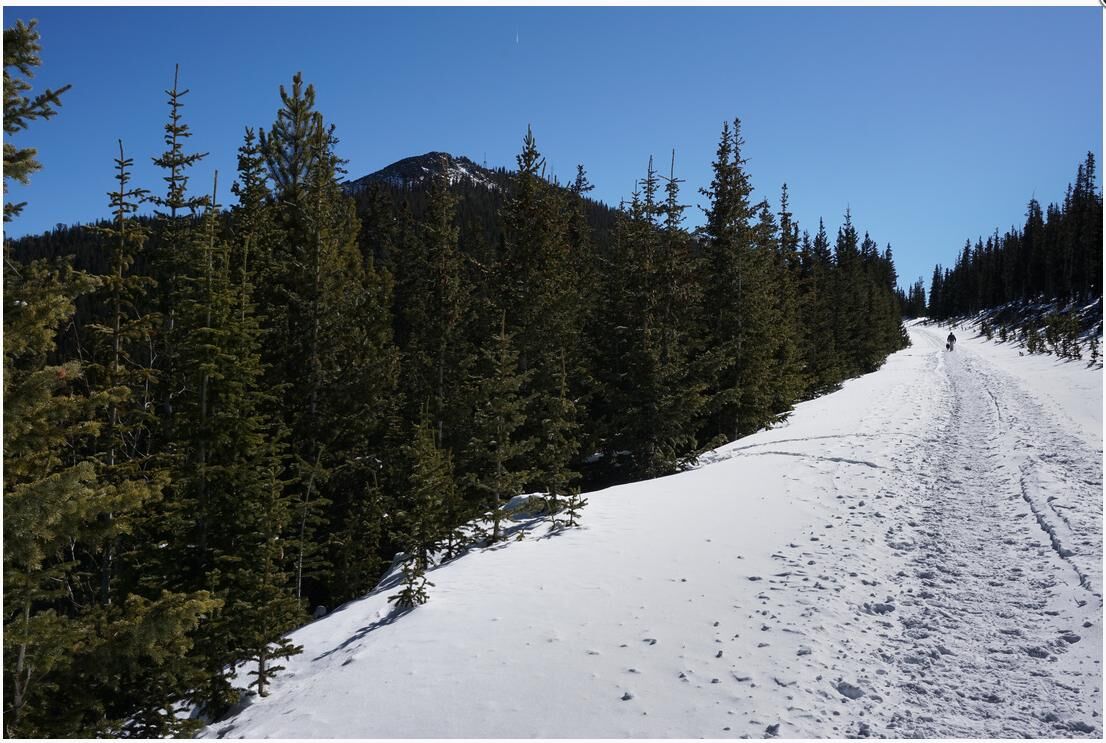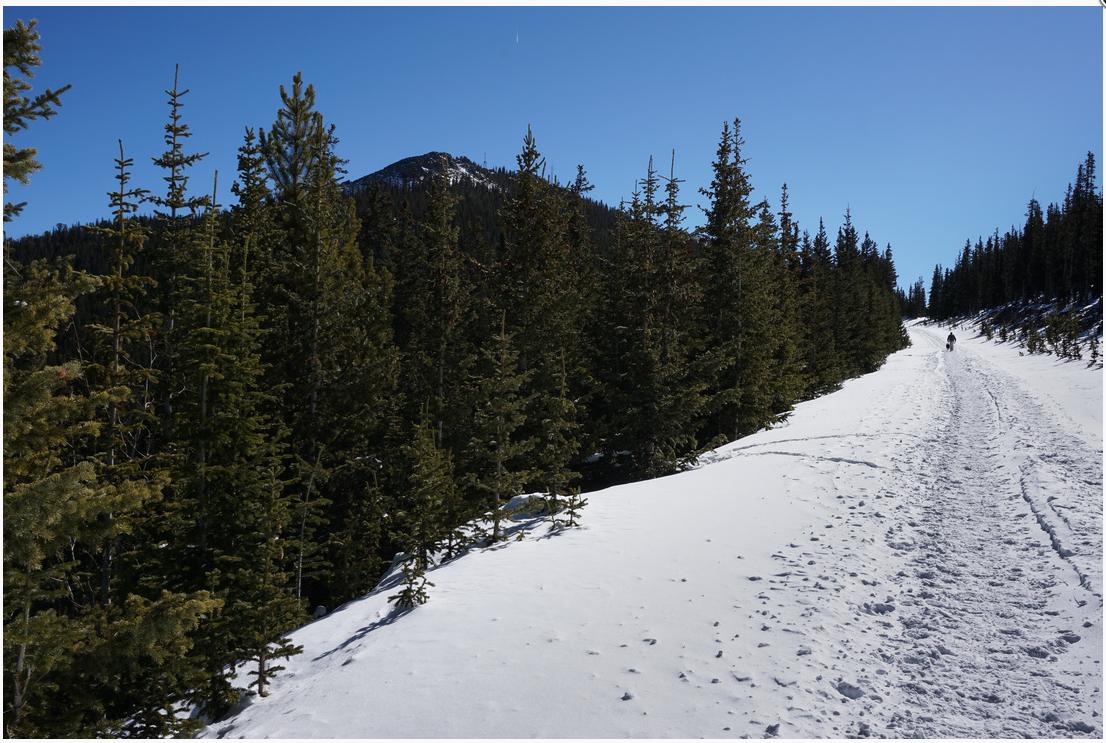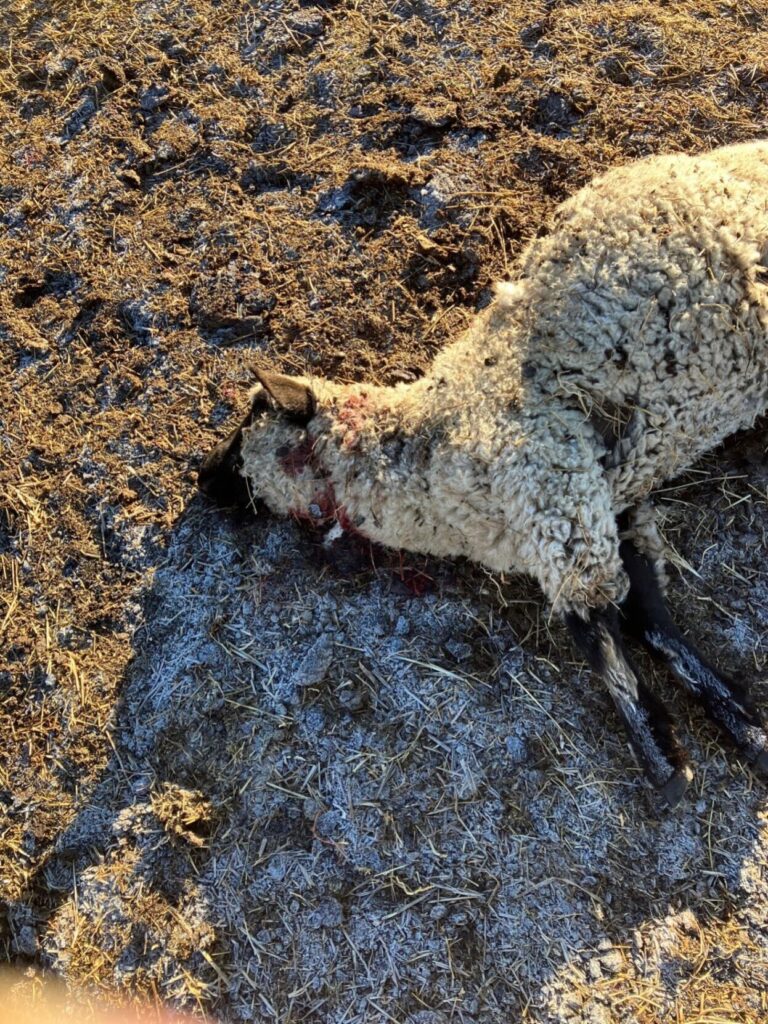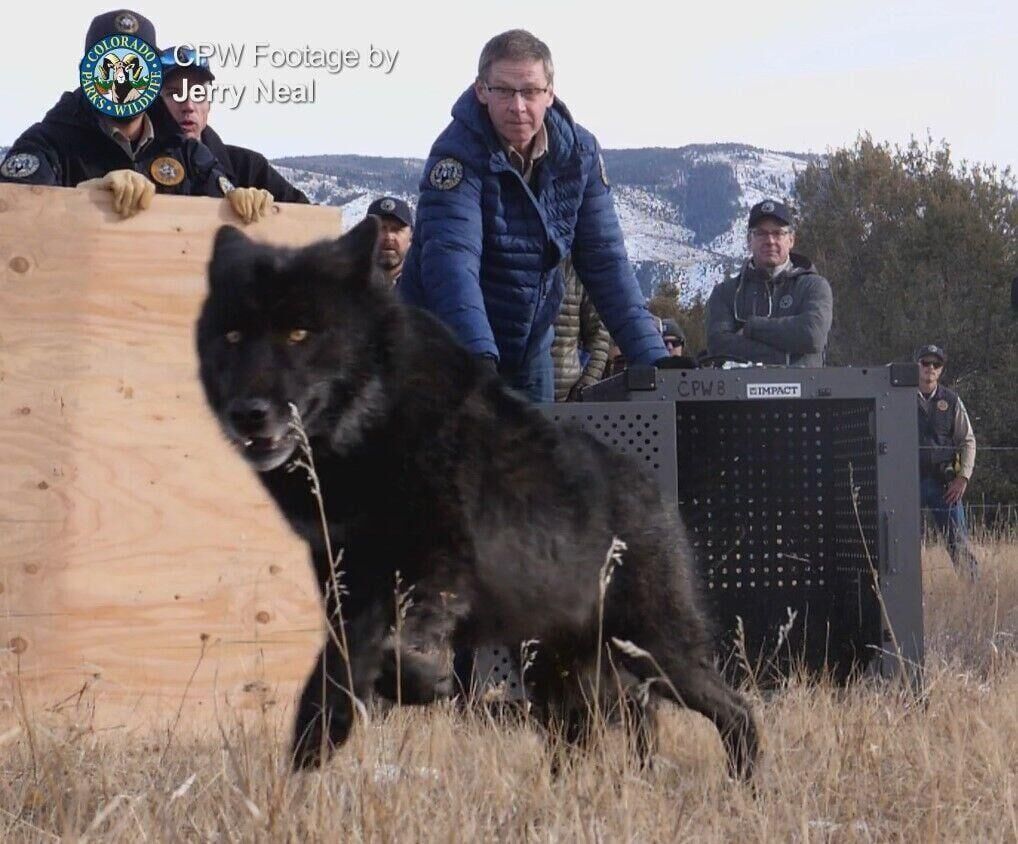Federal order on changes for squaw-named features means Colorado board will have to hustle

Colorado’s Geographic Naming Advisory Board has moved somewhat slowly since its creation to make final decisions on renaming various geographic features around the state.
That’s due to their efforts to make sure members have fully vetted name change proposals, including ensuring communities and tribes have had adequate time to respond.
That lengthy process is about to end, at least for the 28 geographic features in Colorado that still carry the word “squaw” in their name.
Secretary of the Interior Deb Haaland issued two orders in November, one to remove the word “squaw” from all lands, be it federal, state or private lands. The order also mandated the creation of a task force that will figure out the new names.
The second order deals with other derogatory names, although what constitutes derogatory isn’t defined in the order. Those names will be handled by an advisory group, whose membership is open to the public, according to Jennifer Runyon of the U.S. Board on Geographic Names (BGN).
The task force dealing with “squaw” names will look at names from five nearby features, with the intent to pick one of those for the new name. The task force will avoid duplicate names or other names that could be considered offensive, as well as likely to avoid names of people, since it has little time to vet those names, Runyon explained.
There are 665 squaw names nationwide, Runyon said. With regard to existing proposals to rename “squaw” features – and there are several already pending in Colorado – the proposed names would also be added to the list of suggestions, she said.
Once a name has been selected, there is just a brief 30-day window for public comment, which could include suggested names from the state board, Runyon added.
A longer review period, up to 90 days, will be available to tribes for listening sessions or provide other input.
One major change is on outreach. Currently, the BGN contacts counties, land management agencies, tribal bodies and state boards, such as Colorado’s, when a proposal has been submitted.
That’s coming to an end, at least for the “squaw” issue, she said.
There’s not much of a role for the Colorado board in this, said Tim Mauck of the Department of Natural Resources, who chairs the Colorado board’s meetings. He noted that within that short window, the state board has to submit its recommendations to Gov. Jared Polis, who has final say on whether to accept or reject a naming proposal.
All of the action with the task force is likely to start within the next month, Runyon said, possibly as soon as mid-February.
The Colorado board has already taken action on the first renaming of a mountain with “squaw”: it sent a recommendation to the governor to rename Squaw Mountain in Clear Creek County to Mestaa’?hehe Mountain. The governor approved that recommendation and the federal board signed off on it in early December.
Runyon also had some news for the board that appeared to be previously unknown: the BGN has authority over names of unincorporated towns that have no local government of their own and are under the jurisdiction of a county.
That immediately got the attention of Manuel Heart, chairman of the Ute Mountain Ute tribe, who was listening in on Thursday’s meeting. He’s already got a target: Breen, in La Plata County. Heart explained that the town is named after a superintendent of the Fort Lewis Indian School.
There were four boarding schools in Colorado, one on each reservation, Heart explained. At the old Fort Lewis School, south of Hesperus, some of the students were impregnated, he said. Others never made it back home.
Heart indicated he would favor a name change. Runyon confirmed the town is not incorporated nor does it have its own government, so it would be under the BGN’s purview to change, and she encouraged him to submit a proposal.
The board put off action on three other existing proposals while it awaits input from various groups. That includes changing the Delta County names of Negro Creek and Negro Mesa to Clay Creek and Clay Mesa, respectively, while the board awaits input from contacts in the African-American community.
The second, a proposal to change Squaw Mountain in Jefferson County to Mount Jerome, has run into another issue. A new proposal was recently submitted to change the name to Chipeta Mountain after the wife of Chief Ouray. Chipeta was renowned as an advocate and diplomat between the Native tribes and white settlers. She was inducted into the Colorado Women’s Hall of Fame in 1985, according to the proposal.
One problem: there’s already a Chipeta Mountain in Chaffee County, and it’s close to Mount Ouray. The name has been on maps since the 1950s, Runyon explained, and she and several board members said they do not believe removing the name from the Chaffee County mountain would be tenable to people in the area. There was also a concern that having two mountains with that name could somehow affect search-and-rescue or other emergency operations, although the two mountains are in counties 78 miles apart.
The proposed name honors a woman photographer, Irene Jerome Hood (1858-1945), who lived in Buffalo Creek and published at least six books of her artwork under her maiden name, according to the proposal submitted by Sarah Weed. Her watercolors and photographs highlighted the geographic features and wildflowers of Colorado.
Weed told the board her instinct is to rename the mountain after a woman from Colorado. She researched the Colorado Women’s Hall of Fame but found that those woman already have geographic features named after them. Weed sad she favors a name of a Native woman, but also wants to see the state board move on, since it’s been two-and-a-half years since she submitted the proposal to the federal board.
The board decided to postpone action and seek another name, perhaps one suggested by the tribes.
Finally, the board briefly discussed an idea to change the name of Pikes Peak to Tava Mountain, a Ute word for sun. Several board members, as well as Runyon, said they had seen news stories about the idea, but Runyon noted that no one has actually submitted a proposal to the BGN for a name change.














